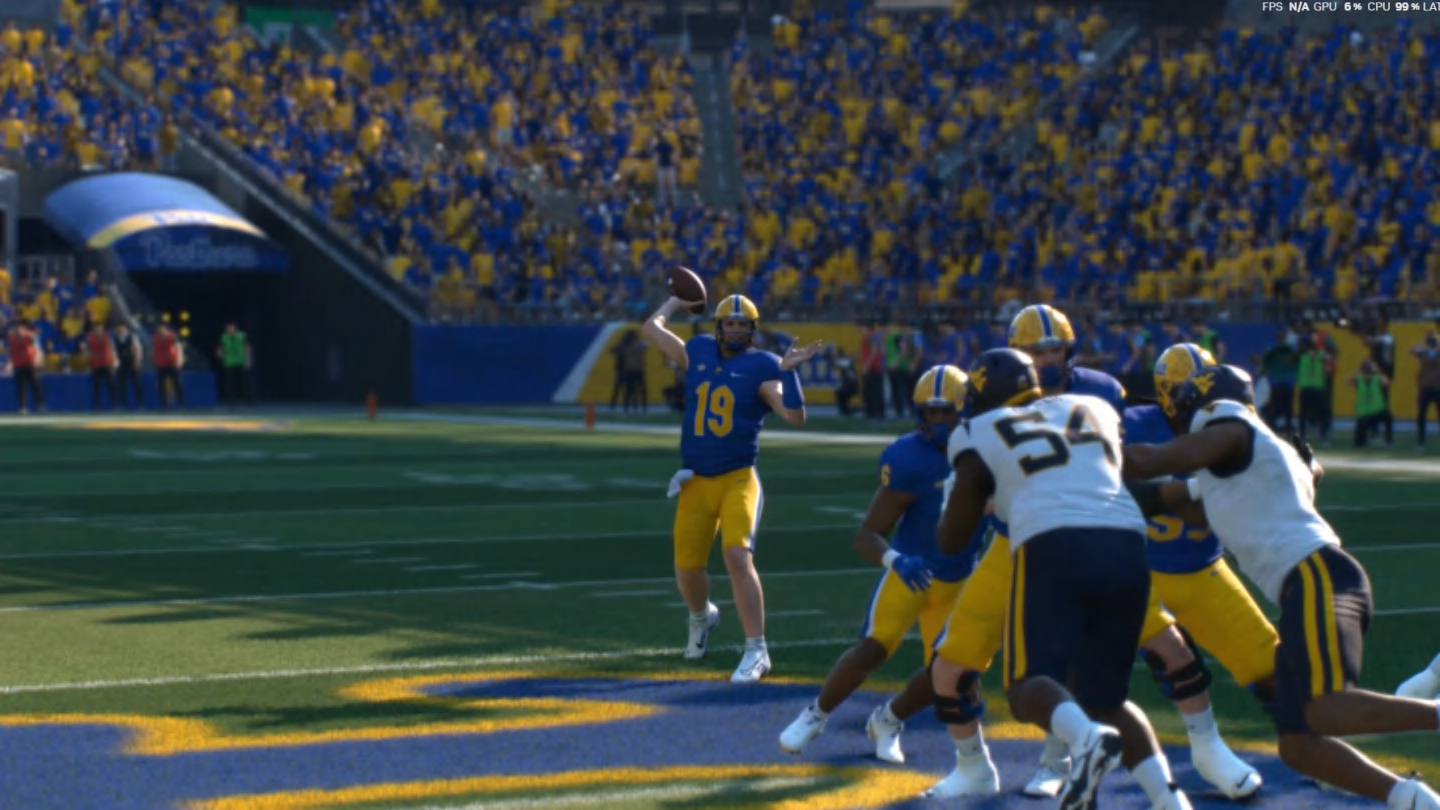Sports
Dynasty Tips You Must Know in CFB25

College football video games have finally returned. With the return of the franchise, comes one of its most iconic game modes: Dynasty. Dynasty is the game mode where you take charge of a college program and try to dominate the college football world for a long time.
However, since it has been 10 years since the last game, college football has changed a lot. There is a multi-team playoff now. We went so long without a CFB game, that the 4-team playoff never even made an official appearance in a game. There are fewer conferences now. There’s NIL now. The transfer portal exists.
If you’re an old-head coming back for the return of the franchise, or a young-gun about to play your first CFB game, it’s fair to say there is a whole lot more to manage and navigate around CFB 25’s dynasty mode than in any that came before it.
Related Articles:
EA College Football 25 Top 10 Overall Teams
Top 10 Players in EA Sports College Football 25
Top 10 Tips & Tricks For CFB 25’s Dynasty Mode:
1. Coverage Shells
2. Formation subs / depth chart management
3. Redshirting
4. Choosing your coaching tree and comparing with coordinators
5. Check School menu for ratings
6. Send the house on the recruits you want the most
7. Hard sell as soon as you know his 3 interests
8. Sway if you fall behind on someone you want
9. Find recruits that are Open status halfway through the season that aren’t being recruited
10. Save scholarships for transfer portal
Coverage shells are new feature in CFB 25. It allows you to disguise your defensive packages to confuse the offense. For example, as you can see above, you can run a cover 1 play but make your defense look like you’re running cover 0.
It’s a normal defensive strategy used dozens and dozens of times in every real football game, and it can now be done in video game form in CFB 25. The way you do this is by moving the right-stick left or right while in the play selection menu. Disguising your defensive packages gives you a massive tactical advantage and keeps the offense guessing.
Consistent substitutions are an important aspect of CFB 25’s gameplay. This is because of the new wear and tear system. Throughout each game, players will suffer more and more wear and tear on their bodies.
Players with more wear and tear have a higher risk of getting injured on any given play and perform worse on the field. Due to this, making good use of substitutions and depth chart management is crucial.
Obviously, you want your best players on the field as much as possible, but you also don’t want to risk overworking them to the point of injury and missing crucial games moving forward.
Just like in real life, in CFB 25, as a coach you need to think big picture and think about more than just the scoreboard.
Redshirting is a system in college football that allows players who get injured or don’t touch the field beyond a certain amount, to retain another year of collegiate eligibility. In real life and in CFB 25, it’s a crucial part of the game.
You don’t want quality young players who could be getting lots of value in a year or two, having entire seasons worth of eligibility going to waste. Typically, it’s best to redshirt the best freshmen and sophomores on your team that won’t be touching the field much.
This aspect of the game is made more difficult in CFB 25 than in previous entries because now you have to deal with modern college football’s dumbest element: the transfer portal.
Redshirting key young players is important, BUT because it’s 2024, you also run the risk of good players running for the transfer portal as soon as they find out they won’t be receiving tons of playing time.
When making a coach in CFB 25, you can select between three coaching trees. The three choices are ‘Motivator’, ‘Recruiter’, ‘Tactician’.
Motivator: Grants better XP gains throughout the season and offseason.
Recruiter: Makes recruiting easier.
Tactician: Grants bonuses for single games.
It’s useful to select the one that focuses more on what you think is the key to making your program great. You can overlay your skill tree with your coordinators to compare what each of you do.
You can decide to go all-in on one aspect of the game with all three coaches, or you can choose to spread it out and cover all three elements.
Every school is better at some things and worse at other things. A good way to manage your dynasty is to pay attention to what traits your school is best at and focus on those things when looking for recruits.
For example, as you can see above, Pitt only has a C+ in “Pro Potential” which means when looking for recruits, it’ll be best in most situations to avoid recruits that really value being able to go pro.
Locking in the recruits you want most that will benefit your program the most is important. It’s not just about having good players now, but making sure you’ll have a consistent flow of incoming talent year-after-year.
To do this, you’ll want to utilize the recruiting action ‘All In’ as soon you start making good progress on a recruit you want. This will help you secure that recruit as quickly as possible.
After scouting a recruit for a little while, you’ll be able to learn what their 3 big interests are. You can see these buy which three have high letter grades and checkmarks on the right side (see image above).
First you’ll schedule a visit. When you schedule a visit, you can view a lot of options. You want to select the one that the recruit has the highest graded check mark for.
After the visit, you can remove your all in and do the ‘Hard Sell’ option.
Swaying is a feature where you look at what your schools best feature is and what a specific recruit values most, and you try to use that to convince a recruit to swap from the school they’re currently most interested in to yours.
This is a useful mechanic to understand for trying to comeback from behind on recruits that you’re losing out on.
When you reach around the halfway point of the season, it can be usefull to start looking at recruits who are all open status (meaning they are not being recruited by any other schools.
This is a good thing to do because it can help you find an overlooked quality player to bring into your program.
Each year you get a total of 35 scholarships to offer to players. It can be tempting to offer them all to the incoming recruits you like the most. That’s probably what you did in NCAA14. However, nowadays, championships are won through the transfer portal just as much as they are through high school recruiting.
This means it’s a good idea to save some of your available scholarships to use for quality players in the portal. This gives you an additional avenue of bringing good starting caliber players into your program who can make an immediate impact.










